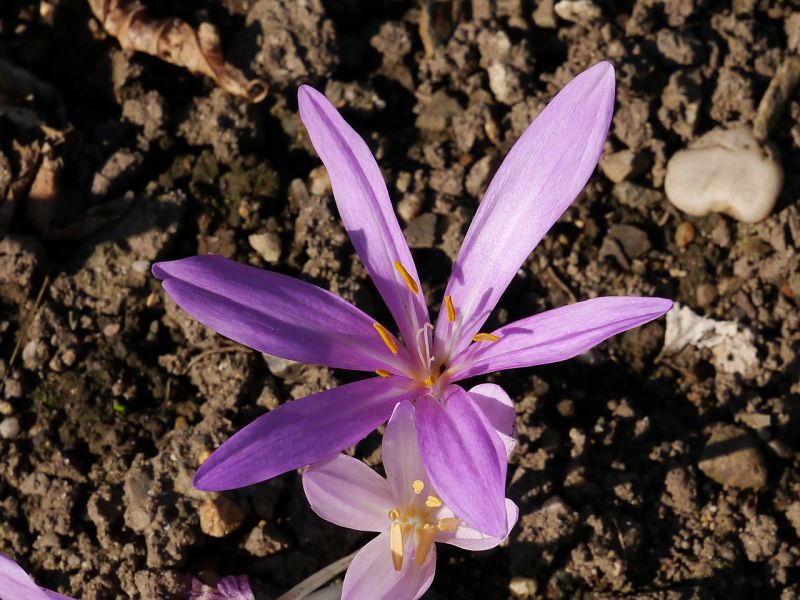Yellow Meadow Saffron
(Colchicum laetum)

Description
Colchicum laetum, commonly known as the Yellow Meadow Saffron, is a herbaceous perennial plant that belongs to the Colchicaceae family. It is native to the eastern Mediterranean region, specifically Greece and Turkey, and can also be found in parts of the Balkans, the Caucasus, and Iran. Description The Yellow Meadow Saffron is a bulbous plant that grows up to 25cm in height. It has several lance-shaped leaves that are up to 30cm long and 3cm wide. The leaves are glossy green and have a distinct midrib. The plant produces flowers that are 4-6cm long and 2-3cm wide. The flowers are bright yellow and have six petals that are slightly twisted. The petals are arranged in two whorls of three, and the flowers are borne on leafless stems. Habitat and Distribution The Yellow Meadow Saffron grows in meadows, woodland clearings, and rocky slopes. It prefers well-drained soils and is often found on limestone substrates. It is found at elevations ranging from sea level up to 1700m. The plant's natural range includes Greece, Turkey, Bulgaria, North Macedonia, Serbia, and Iran. Cultivation Colchicum laetum is an easy plant to grow, and it is well-suited to rock gardens, borders, and woodland settings. The plant prefers a well-drained soil and a sunny to partially shaded position. It can be propagated by seed or by dividing the bulbs in late summer or early autumn. The bulbs should be planted at a depth of 10-15cm, and the plant will flower in the autumn. Uses The Yellow Meadow Saffron has a long history of medicinal use. The plant contains colchicine, a compound that is used to treat gout, arthritis, and other inflammatory conditions. Colchicine is also used in plant breeding to induce polyploidy, which can result in larger and more vigorous plants. Toxicity The plant is toxic and should not be ingested. All parts of the plant contain colchicine, which can cause vomiting, diarrhea, and abdominal pain if ingested. The sap of the plant can also cause skin irritation in sensitive individuals. Conservation Status The Yellow Meadow Saffron is not considered to be endangered, but it is protected by law in some countries, including Greece. The plant's natural habitat is threatened by habitat loss, grazing, and over-collection of bulbs for medicinal use. Conclusion Colchicum laetum is a beautiful and easy-to-grow plant that is well-suited to a range of garden settings. It has a long history of medicinal use, but its toxicity means that it should be treated with caution. The plant's natural range is under threat, and steps should be taken to ensure its long-term survival in the wild.
Taxonomic tree:







